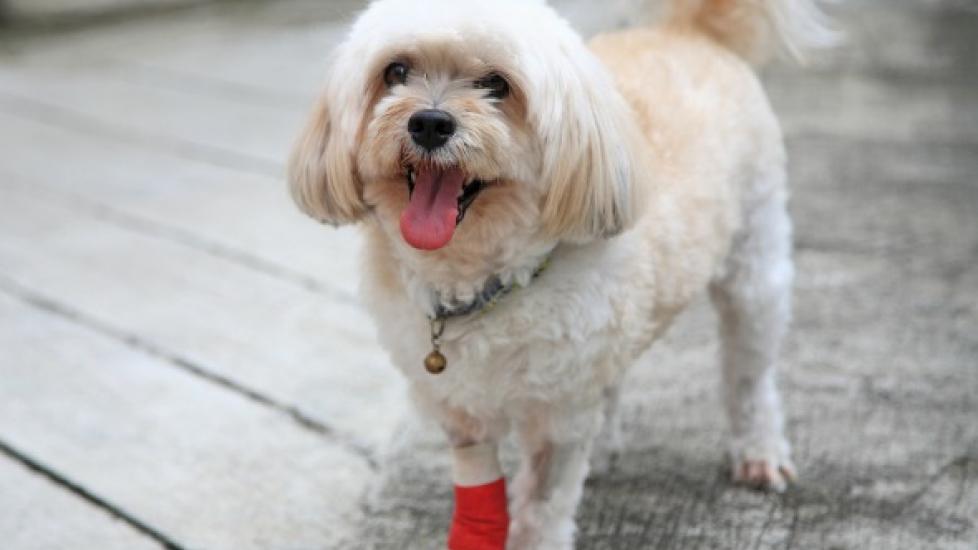Title: Front Leg Injuries in Canine Companions: Understanding, Preventing, and Providing Support
Introduction:
In the world of our furry friends, injuries are an unfortunate reality. Among these, front leg injuries can be particularly concerning for pet owners due to their impact on a dog’s mobility and quality of life. Whether it’s from over-exertion during play or a more severe accident, understanding how to handle such incidents is crucial for ensuring your pup continues living its best life. This article aims to provide comprehensive insights into recognizing signs of injury, preventing common occurrences, and providing appropriate support throughout recovery.
Recognizing Signs of Front Leg Injury:
The keen eye of a responsible owner plays a pivotal role in identifying early indicators that something might be amiss with their canine companion’s forelimbs. Here are some telltale symptoms to look out for:
1. Limping: A noticeable limp or reluctance to put weight on the affected limb suggests discomfort or pain.
2. Decreased Activity Level: Your usually energetic pooch may suddenly seem less interested in play or exercise.
3. Swelling: Swollen joints or areas around the injured site could indicate inflammation.
4. Licking or Biting at the Affected Area: Dogs often use this behavior as self-soothing when they feel hurt.
5. Muscle Weakness: If muscles appear weaker than usual or if there’s a loss of coordination while walking, it could signal trouble.
6. Refusal to Stand or Jump: An acute injury might make standing difficult or cause your dog to avoid jumping altogether.
Prevention Measures:
While accidents cannot always be avoided, taking proactive steps can significantly reduce the likelihood of front leg injuries occurring:
1. Regular Exercise: Maintain a balanced workout routine that strengthens all limbs without causing excessive strain.
2. Proper Nutrition: Ensure your dog receives a diet rich in essential nutrients needed for strong bones and muscles.
3. Supervision: Always supervise playtime to prevent overexertion or roughhousing that could lead to trauma.
4. Environmental Safety: Keep the home environment safe by clearing away tripping hazards like toys left lying about.
5. Training: Teach your dog basic commands so you have better control during walks or outdoor activities.
6. Veterinary Checkups: Regular check-ups help identify any underlying health issues that could predispose dogs to injury.
Providing Support During Recovery:
Once a front leg injury has occurred, prompt action must be taken to ensure proper healing:
1. Rest: Limit physical activity according to veterinary advice; enforced rest periods are critical for recovery.
2. Pain Management: Medications prescribed by the vet should be administered as directed to alleviate discomfort.
3. Physical Therapy: Depending on the severity of the injury, rehabilitation exercises may be necessary under professional guidance.
4. Assistive Devices: Crutches or splints can offer temporary support until full strength returns.
5. Nutritional Care: Adjusting dietary needs based on recommendations from vets ensures optimal healing conditions.
6. Positive Reinforcement: Reward good behavior related to following treatment protocols (e.g., staying still for bandage changes).
7. Monitoring Progress: Work closely with veterinarians to track progress and adjust care plans accordingly.
Conclusion:
By being vigilant about potential risks, implementing preventive measures, and offering compassionate support through recovery processes, we as devoted pet parents can do our utmost to keep our four-legged family members happy and healthy despite occasional setbacks like front leg injuries. Remember that every dog is unique—what works well for one may not apply perfectly to another—so consult professionals regularly regarding individualized healthcare strategies tailored just right for Fido!
